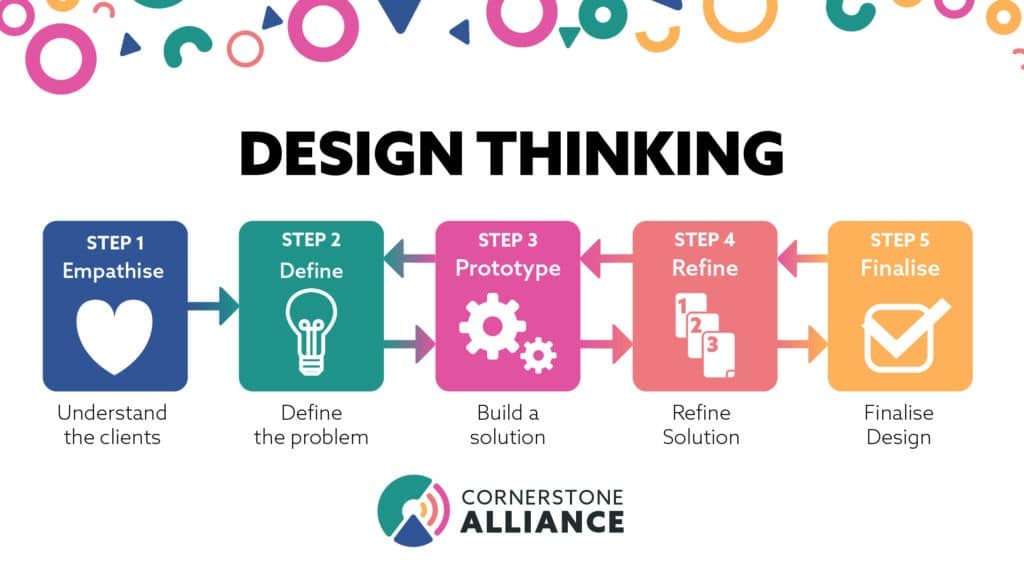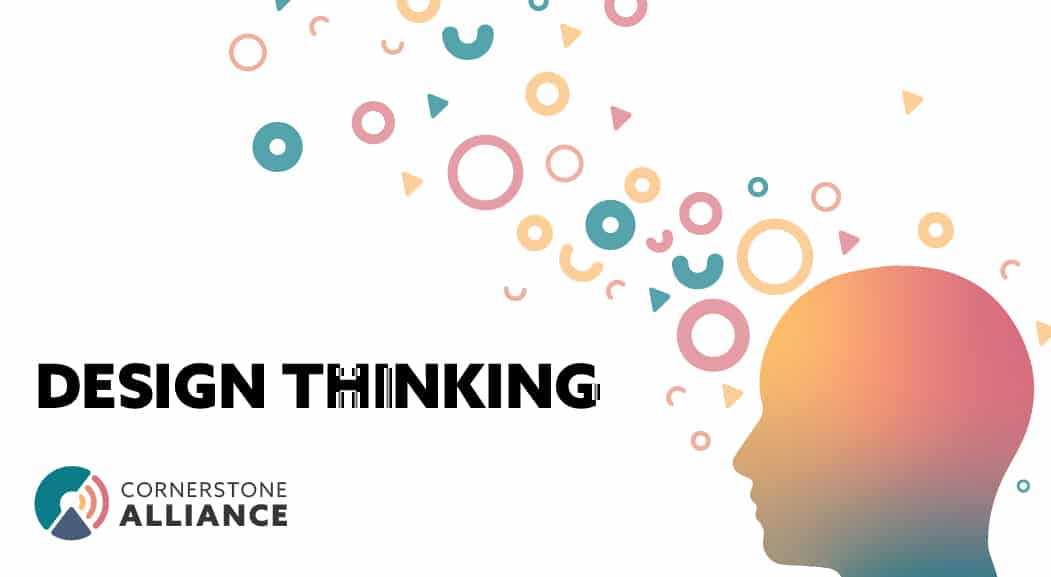You need to start using Design Thinking
This was the first thing my design lecturer told me in University. During that time I merely thought that design thinking was simply creating a product that looked good for everyone to see. Whether it was a cereal box, a poster, or even a napkin. That was what I thought at the time. But learning my craft and understanding my field, even more, I found that design thinking was bigger than my own mundane thinking. Design thinking isn’t exclusive to designers or people within the creative industry. Design thinking can apply to businesses, practices, and even how we approach life.
But what is Design Thinking?
To put it simply it’s an iterative process that requires: empathise, define, prototype, review then finalise. However, this process isn’t just limited to filling out the required brief outcome. Design thinking is understanding the project and thinking outside of the box. Designers are usually people who want to understand their clients or target audience. Design thinking is just that. Applying the iterative process for designers to empathise then develop a product for our target audience to have.

I remember in my second-year theory class we were assigned a project to review and deconstruct a children’s cereal box. In that process, I was questioning numerous things such as why were labels or images sized differently. But applying design thinking I was able to understand the aim of the cereal box. Putting myself in the shoes of the designer and understanding their goal. I found that the aim of this cereal was merely to appeal to children.
This was done by exaggerating bright colours and images over the nutritional information which was mundane and monotone. Because why would children care for the health rating or the high dosage of the sugar and calorie intake? All they care about is if it’s edible and appealing. The nutrition information is care hence the mundane monotone colours they had used.
Breaking habits
We as humans are naturally sequenced to do some activities in life without thought. During my high school days, I used public transport a lot. For me to get to school I would have to go to a nearby kiosk to put money in a transportation card. Throughout most of my high school year, it was almost a ritual for me to do this. When I could be spending that time in other activities. This was until I found out you were able to recharge this transportation card through an online service. Imagine if I had known about this service earlier! I would’ve spent it enjoying high school rather than going to a kiosk to refill a transportation card.
Looking back on this memory, I can see how design thinking can be applied to our own habits. We as humans naturally see a problem and approach it with the solution that has already been done. Design thinking is approaching the problem and questioning if the solution is right. Design thinking isn’t just limited to how we design our products but can also affect our cognitive thinking. Combining habits and user needs we are able to come to the conclusion of what is important and beneficial.
Takeaway
So to wrap it up, design thinking is approaching a problem through the process of empathising, defining, prototyping, and finalising. In this process, we are to approach the solution through different lenses and question if the problem can be transformed or the solution is right. Design thinking at its main core is to cater to users and how a product or service can benefit their lives. So is design thinking implemented into your business or practice?
